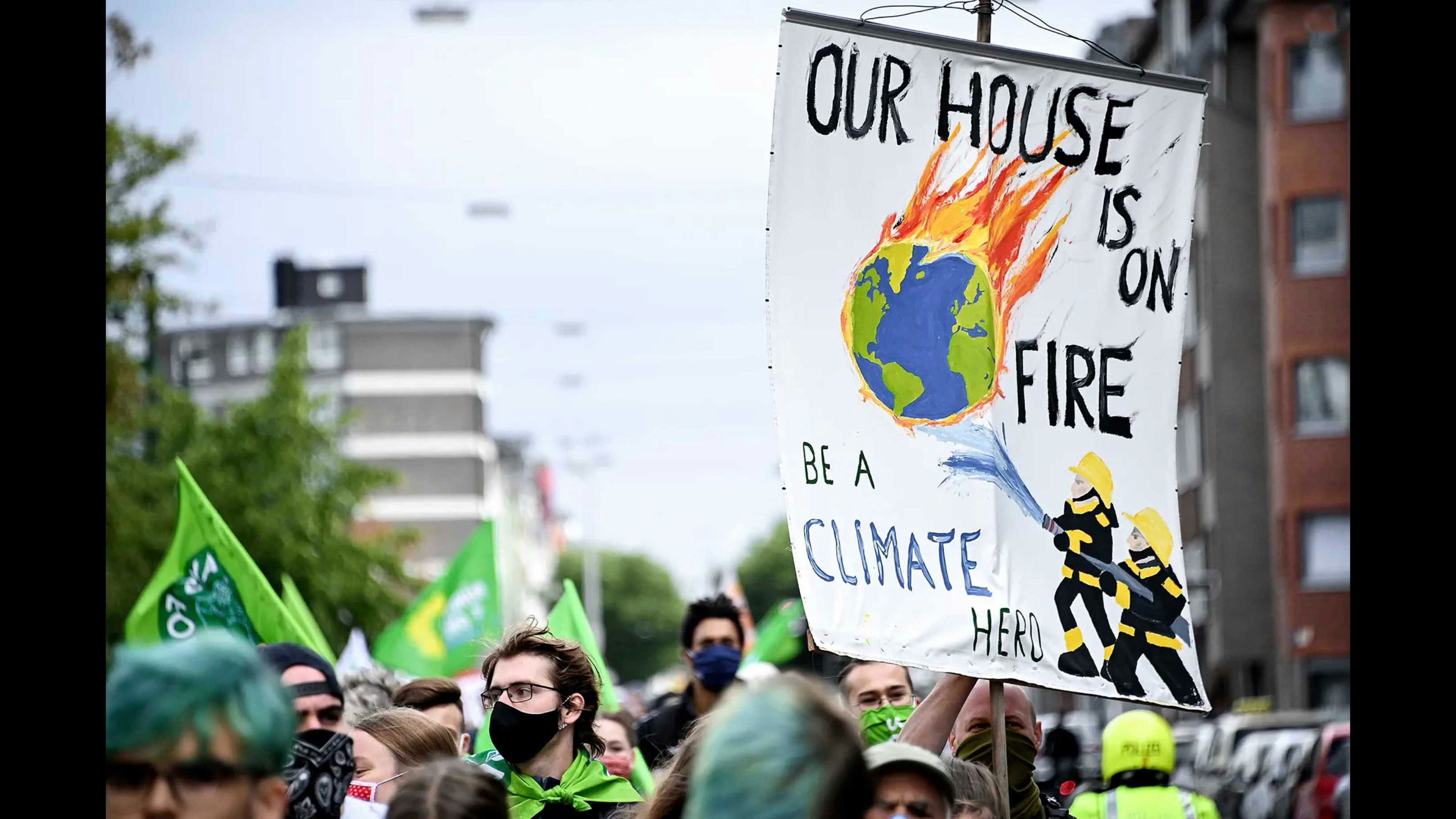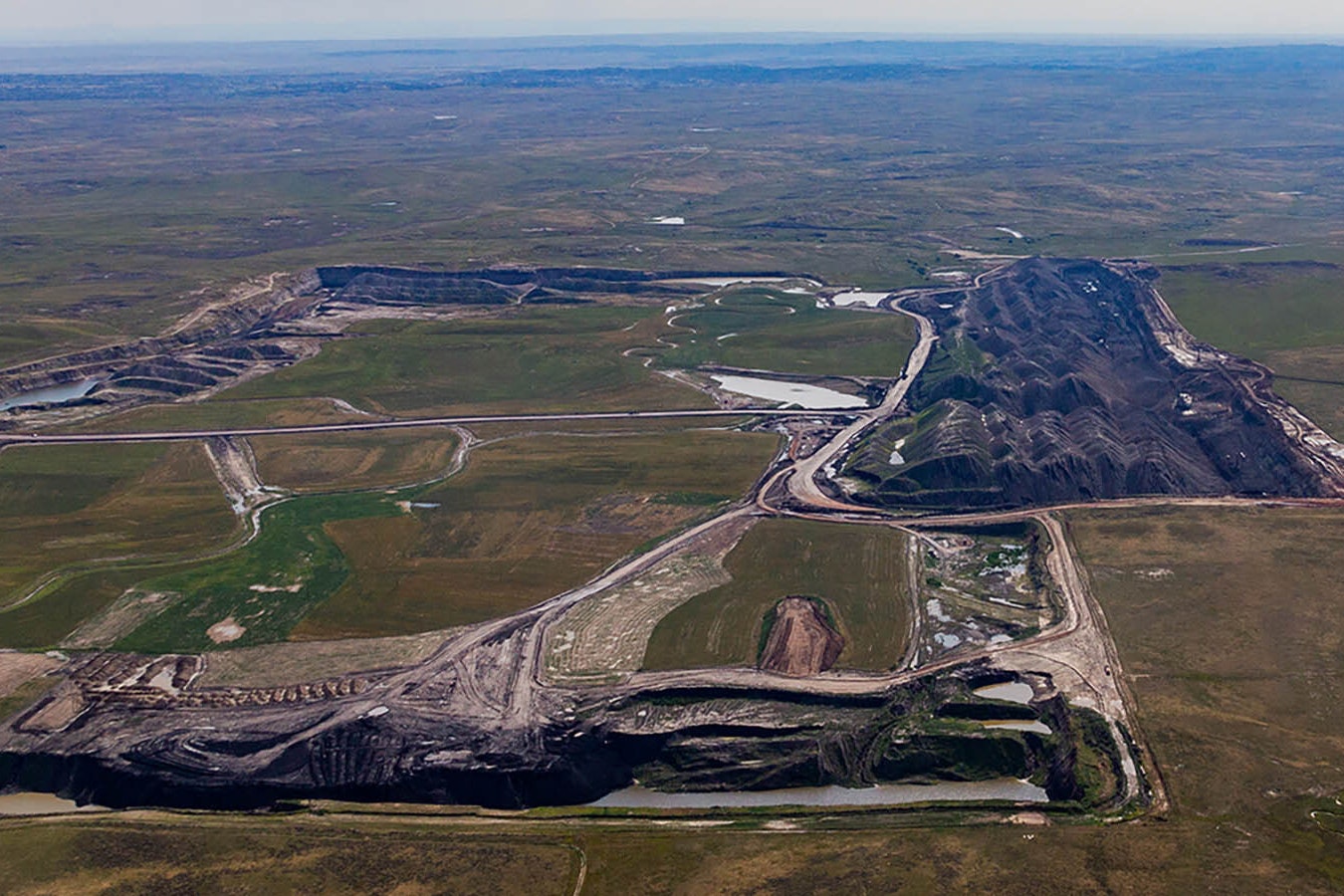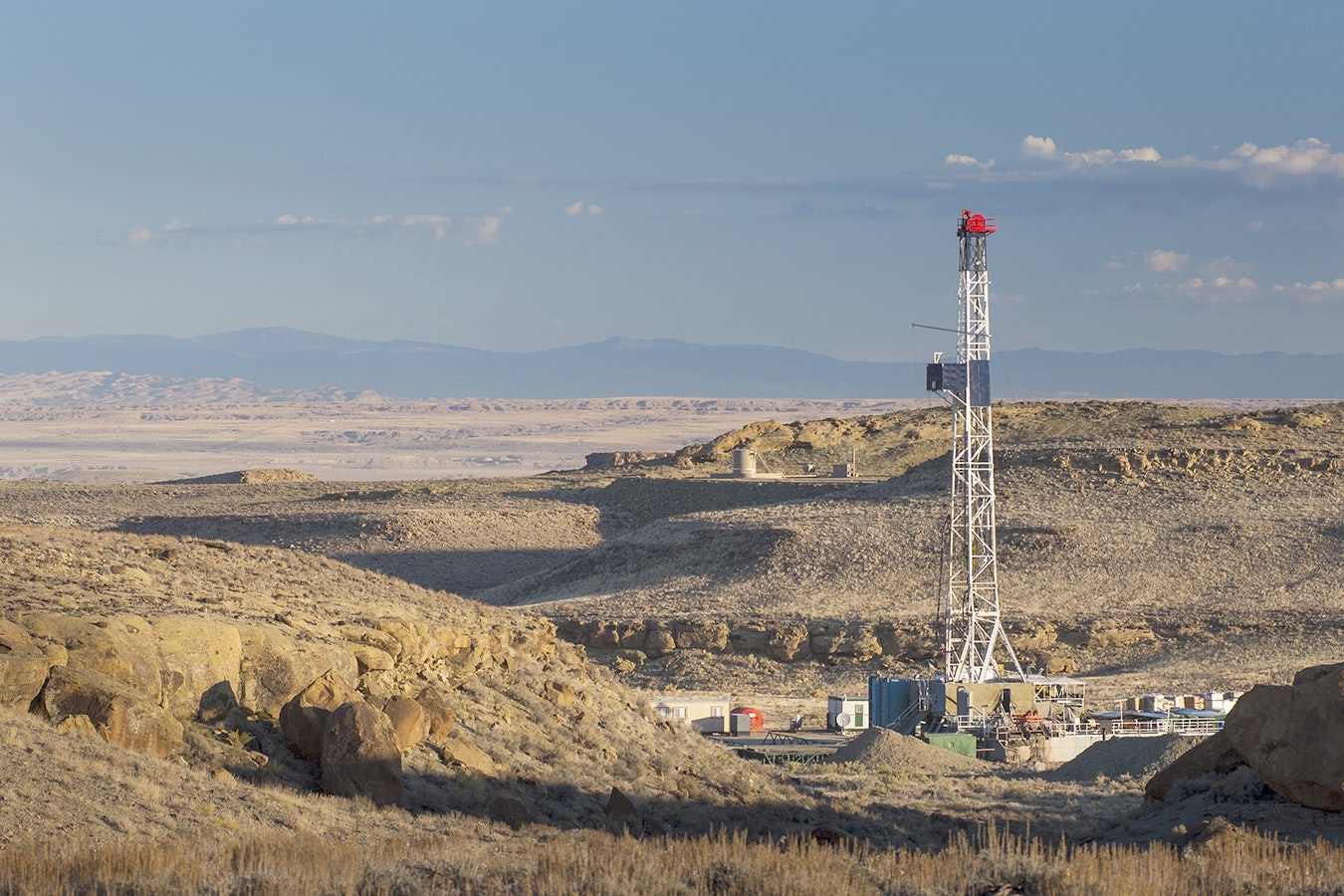So many people are having serious anxiety issues as a result of the belief that climate change is causing a global crisis that a whole wing of therapy has sprouted up to help people deal with their fears.
Climate-aware therapists are professionally trained clinicians who specialize in treating anxieties associated with fears about climate change.
The Climate Psychiatry Alliance, according to its website, educates people and the public about how mental health is being “profoundly impacted by disruptions associated with climate change.”
Whether or not this mental health problem is a reaction to the actual risk climate change poses to people or is a problem stemming from media distortions is not certain.
Some people have the extreme belief that climate change could cause the human race to go extinct. Yet there is no plausible scenario in which anthropogenic global warming could cause that.
When patients do have these unsubstantiated fears, do climate-aware therapists make any attempt to help their patients accurately assess the risk to them?
Perception Versus Reality
These questions aren’t meant to be insensitive to people’s suffering. Whether their perception of climate-change risks is accurate, people are experiencing real mental health problems as a result of what they believe about climate change.
A 2021 study in the medical journal The Lancet of 16- to 25-year-olds found that 59% of those served were extremely worried about climate change, and 45% said they had trouble functioning normally as a result of their anxieties about climate change.
However, the number of climate-related deaths has fallen about 99% since 1920, according to the International Disaster Database, meaning that any person living today is far less likely to die in a natural disaster than any previous generation.
Likewise, when losses from natural disasters are properly normalized to account for changes in wealth over time, there’s no upward trend in the cost of natural disasters.
Many people reading headlines would be surprised to learn these facts.
Dr. Matt Wielicki, former assistant professor in the Department of Geological Sciences at the University of Alabama and author of “Irrational Fear,” told Cowboy State Daily that the media drive a lot of misunderstandings about the risk of climate change.
While the media present every natural disaster as more extreme than ever and the result of climate change, this doesn’t line up with research from the International Panel on Climate Change, a consortium of the world’s leading scientists.
Wielicki said the media, not carbon dioxide emissions, are creating a crisis.
“That’s the crisis — the mental health crisis that’s surrounding people’s perception of climate change,” Wielicki said.
Bad Journalism
The recent fires on the Hawaiian island of Maui offer an example into how the reporting on natural disasters drives climate anxiety with misinformation.
The Associated Press last week reported that, “Hawaii went from lush to bone dry and thus more fire-prone in a matter of just a few weeks.” The article then goes on to talk about climate change and “flash droughts.”
Roger Piekle Jr., professor of environmental studies at the University of Colorado at Boulder, wrote that Maui County did not experience unusual drought conditions last week, according to the U.S. Drought Monitor.
Over the course of multiple decades, Hawaii has seen variability and changes in drought conditions, but these have not been attributed to climate change, according to researchers who specifically research the topic.
In other words, the Association Press reporting on the wildfires was scientifically inaccurate.
Media outlets regularly report that the number of global climate-related disasters are increasing, which is also highly misleading.
Wielicki said that the planet’s climate is changing, as it always has, and carbon dioxide contributes to that change. But what’s actually happening and what’s in the headlines are often two different things.
“Somewhere there’s a disconnect,” Wielicki said.
Catastrophic Thoughts
Barb Easterlin, a Wyoming resident and co-president of the Climate Psychology Alliance of North America, told Cowboy State Daily that part of climate therapy includes helping patients understand their actual risk.
“We try to share information that counters people’s catastrophic thoughts,” Easterlin said.
She said that the alliance’s members have no interest in causing further distress.
“We do make efforts to be factual and help people deal with some of the events they will need to adapt to,” Easternlin said.
She said that while past trends shows fewer deaths, climate-related migration and food shortages due to drought and heat are “not just probable, but inevitable.”
In fact, crop yields of most major grains are at historic highs, and there’s no evidence this trend is reversing. Carbon dioxide levels have been as much as four times higher than they are today, and these were periods in which plant life thrived.
How much climate change is the primary or even major cause of mass migrations is also debatable.
Here in the U.S., according to PODS long-distance moving data, most people are moving to cities in hotter states, such as Texas and Florida. Blazing-hot Phoenix also ranks in the top 20.
While food shortages and mass migrations may not be as certain as Easterlin thinks, Pielke has written that climate change could become a serious problem toward the end of the century.
“We urge people to use their emotional energy to act in ways that are sustainably oriented, and to think about how they might become involved in influencing the leadership in their communities to do the same,” Easterlin said.
Fears Of The Future
Elizabeth Allured, co-founder of the alliance, disputed that the figures on declining climate-related deaths should be considered. She provided data on projected increases in deaths by 2050 from the World Health Organization, as well as a Bloomberg article about a study that concluded that 5 million people die annually from climate change.
The study also appears to have ignored the renowned, non-partisan International Disaster Database, which shows no increases in deaths from climate-related natural disasters.
Cowboy State Daily reached out to a few other climate-aware therapists in the Denver area to ask how they incorporate accurate scientific data on climate change into their therapy and didn’t receive a response.
Stepping In
Speaking generally about treating anxiety, Dr. Joshua D. Clapp, associate professor of psychology at the University of Wyoming, told Cowboy State Daily that people struggle with real concerns.
For example, he said, a therapist can’t tell a patient that he or she is 100% safe from traffic accidents, adverse weather events or anything else. Therapy is there when anxiety makes it so the sufferers can’t do the things they normally would do, or they’re structuring their lives around accommodating the anxiety.
“That's where we might step in and do some work,” Clapp said.





